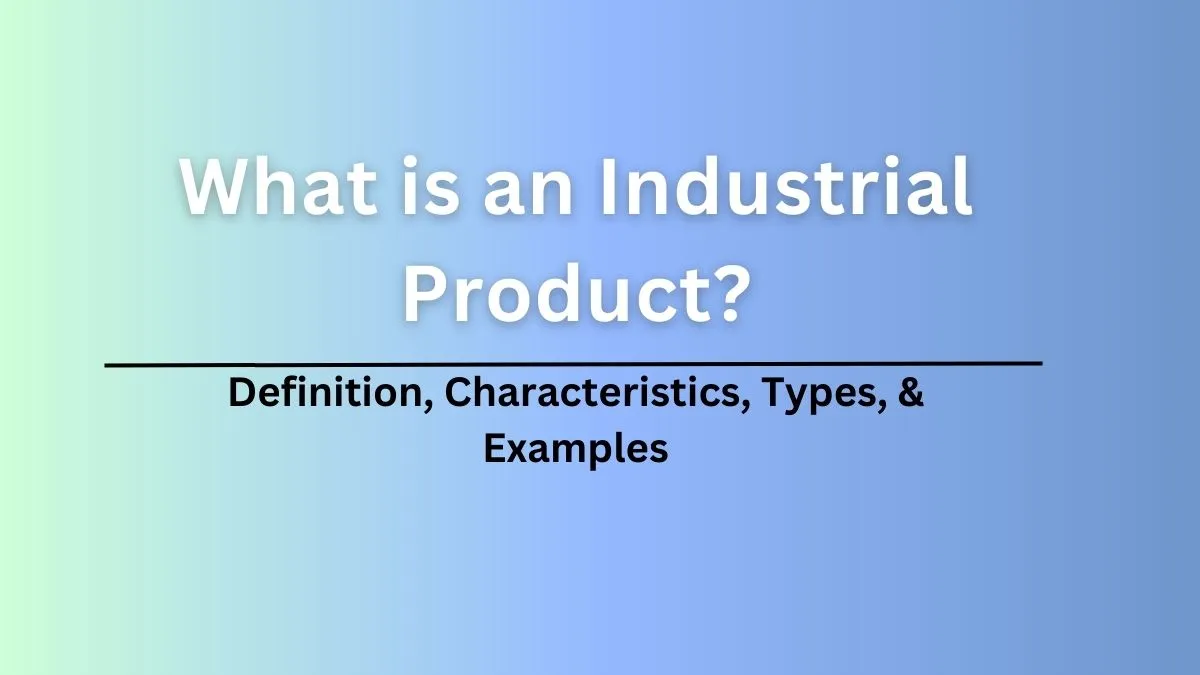As marketing executives or business practitioners, having learned about consumer goods, it is equally important to know what industrial products mean. This unit examines an industrial product, its classes, and its uses in our economy.
Industrial Products
These are products that are used by producers who convert them into consumables or consume them in the processes of conversion or production of goods/services. That is, industrial products are purchased for further processing or use while conducting business.
The distinction between consumer and industrial goods is based on the purpose for which the particular product was bought. The classification of industrial goods is based on how they are used by industries. Akanbi (2002), classifies industrial products into five, namely:
a) Installation
b) Equipment, tools, and accessories
c) Raw materials
d) Semi-processed components and parts
e) Consumables and operating supplies.
Read Also: Top 10 Personal Finance Rules to Follow
1. Installations
These are major capital items that form the main assets of production firms. They are very costly items that need major decisions before they are purchased.
These include buildings, heavy manufacturing machines, computers, etc. These are, usually, custom-made items that will require direct negotiations between buyers and sellers.
2. Equipment, Tools, and Accessories
These are usually standardized items that are used by a wide range of industrial users. They are products like typewriters, hand tools, filing cabinets, air conditioners, etc. They are production operating items.
3. Raw Material
They form the major parts of the finished items. They are the materials that go through the production line to make up the finished items.
They include the raw materials of agricultural products, mining products, forestry products, etc.
They are usually standardized items that are sold based on quality and their reliability of supply.
4. Semi-Processed Components and Parts
These types of industrial goods also form part of the finished items, although some of them are finished items already; examples are buttons for shirts, radios, and batteries for cars.
Read Also: 13 Business Success Stories From Entrepreneurs to Inspire You
Parts can be used by themselves or can be used to form components of the final items.
5. Consumable and Operating Supplies
These are the convenience items of industrial products. They are used to aid the running and maintenance of equipment and for keeping the organization and machines in proper shape. They are, usually, standardized items, and of low prices. Examples are stationeries, fuel, water, grease, etc.
